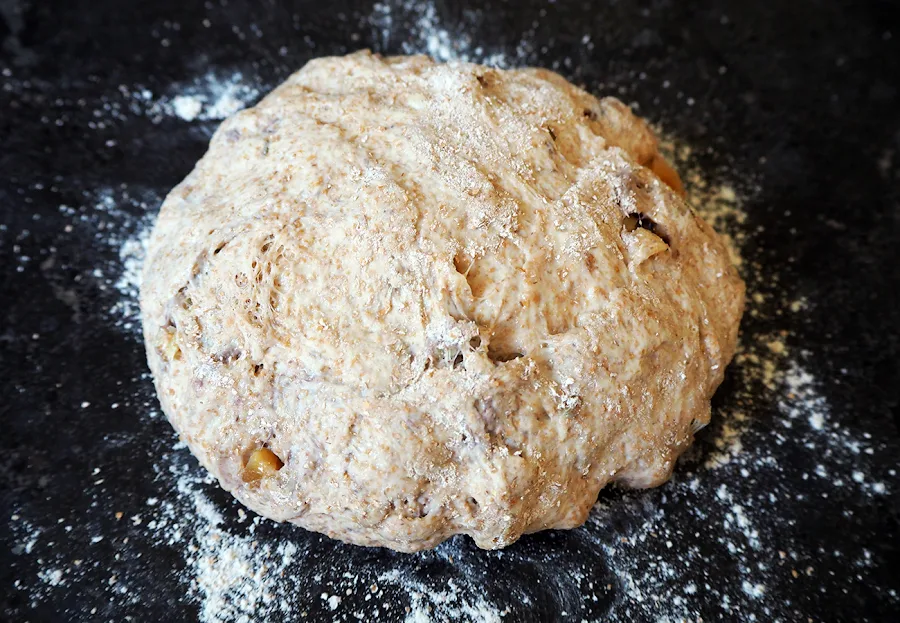This is my favourite granola recipe. Freeze dried raspberry adds a fruity flavour and freshness, setting it apart from your regular store bought option. The subtle sweetness of honey and orange juice make it the perfect sweet, yet healthy breakfast option.
I have made a fair bit of granola during the last lockdown (and before) and experimented with quite a few flavour combinations. This particular one, however, is my favourite. I prefer granola that is crispy and light, not clumpy or so sweet it makes your teeth stick together.
Many granolas contain either too much nuts and seeds, which makes them tasty, I agree, but also calorie dense or contain large amounts of sugar. Not this granola. The sweetness comes from a little honey, freshly squeezed orange juice and freeze dried berries. The addition of various types of seeds gives it more flavour and the crunchy texture we all love in a good granola.
Oats - the base: I used rolled jumbo oats which I buy from our local bulk food shop. I prefer these to regular rolled oats, which don't have enough body to make this granola the crispy delight it should be.
Rice flakes - the extra crunch: Rice flakes are pretty sturdy flakes. They give the extra crunch in this granola. Do not use rice puffs!
Almonds: Packed with vitamins, minerals, healthy fat and protein, they are the perfect addition to your morning meal. Not to mention how very tasty they are. I used already dry roasted almonds. The double roasting results in an ever so slightly burned flavour. If you don't like that, raw almonds are the way to go.
Seeds: I chose pumpkin seeds, sunflower seeds and hemp seeds. I recently discovered hemp seeds, also called hemp hearts, as a fantastic alternative to flax seed. Hemp seeds are rich in fibre and apparently a natural appetite suppressant, which can help keep you full for longer.
Coconut flakes: Coconut instantly transports you to a tropical island and adds to the fruity flavour. Don't substitute the coconut flakes for shredded coconut. Shredded coconut is too fine and might burn faster than the granola can crisp up. If you want to add shredded coconut, I suggest toasting it separately in a pan on the stovetop and adding it to the cooked granola at the end.
Chia seeds: Apart from being considered a 'super food', chia seeds add even more crunch. You can also substitute chia seeds for sesame seeds, if you prefer. However, this will alter the taste quite significantly and give the granola a slightly middle eastern vibe.
It doesn't need much more than fresh fruit and a large dollop of smooth greek yoghurt or coconut yoghurt.
Variations
- Hazelnut: Try chopped hazelnuts instead of almonds or a mix of nuts
- Choc and Coco: Add 2-3 tablespoons of dark chocolate chips along with the freeze dried berries
- Protein Powder: add max one scoop of chocolate protein powder into the mix to give it some extra nutritional benefit
- Other spices/spice mix such as cardamom, chai or gingerbread spice mix
Fruity granola with nuts and seeds
1.5 cups rolled jumbo oats
Melt the coconut oil over a low heat until runny.
Fruity granola with nuts and seeds
This is my favourite granola recipe. Freeze dried raspberry adds a fruity flavour and freshness, setting it apart from your regular store bo...





















